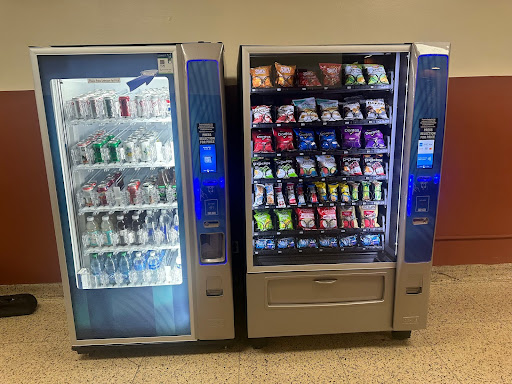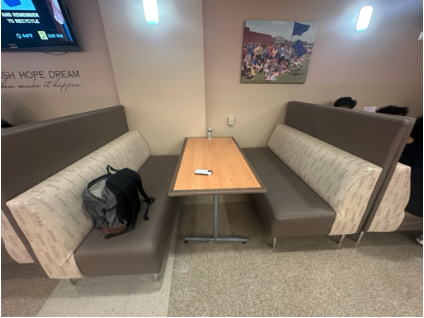Imagine an evening at a grand concert hall, where the quiet murmur of an audience fills the air. The musicians hold their instruments, waiting for the sign of the conductor. With just the wave of a baton, music fills the room. The sense of love and passion through every musician inside such a concert comes out as they put their efforts together to have a more excellent sound. Contrary to most people’s beliefs, it does not take an in-depth understanding of classical music to appreciate a performance. It takes nothing but a willingness to enjoy it for the experience of a lifetime to be created.
For centuries, classical music, with its rich textures, has served as one of the foundations for Western culture. From the polyphonies of the Baroque period to the dramatic expressions of the Romantic era, classical music has developed to reflect each period’s artistic changes.
The genre’s evolution began in the Middle Ages with sacred chants and continued through the Renaissance with the introduction of more diverse melodic textures. By the time of Bach and Handel, music had become more ordered, setting the way for Mozart and Beethoven’s classical clarity. These composers, among others, pushed the limits of musical expression, creating new concepts that have affected the work of many more musicians.
Today, classical music faces a number of challenges, particularly in terms of the diversity of its audiences and cultural relevance. Some claim that the genre has grown overly sheltered, being viewed as “posh” and “sophisticated,” rather than a universal genre of music. This image adds to a decreasing audience base, especially among younger generations who are less likely to attend live concerts or engage with music in traditional ways, as shown by a survey of BCA students in which 33.3% of students attended a live classical music concert in the previous year, and only 11.2% regularly listened to classical music.
In order to approach the challenges of audience demographics and cultural relevance in and outside of BCA, it will be helpful to find ways to introduce classical music to younger audiences in more relatable forms.
For example, given that 76.5% of respondents listen to pop music, combining aspects of pop and classical music may be an effective method for increasing its appeal. Collaborations between classical musicians and popular artists, as well as the incorporation of classical samples into pop songs, could help to popularize classical music more. This is already happening, which can be seen through Metro Boomin’s Red Bull Symphonic, which has “fused the worlds of hip-hop and classical music in unprecedented fashion.”
 It is undeniable that classical music has an impact on BCA. 56.9% of respondents play classical music, and an outstanding 70.7% sometimes listen to classical music. The effects of classical music are still very present.“I like classical music as an alternative to lo-fi for studying,” one student says. “It has no lyrics so I can still concentrate on what I’m doing. In general, it can help me focus.”
It is undeniable that classical music has an impact on BCA. 56.9% of respondents play classical music, and an outstanding 70.7% sometimes listen to classical music. The effects of classical music are still very present.“I like classical music as an alternative to lo-fi for studying,” one student says. “It has no lyrics so I can still concentrate on what I’m doing. In general, it can help me focus.”
Classical music is not dying; rather, it is transforming. Classical music’s ability to inspire, comfort, and awe remain alive while it adapts to modern culture and technology. With continued efforts to make it more accessible and relevant, classical music can continue to thrive, proving that it is not a dying art form, but a timeless treasure.




